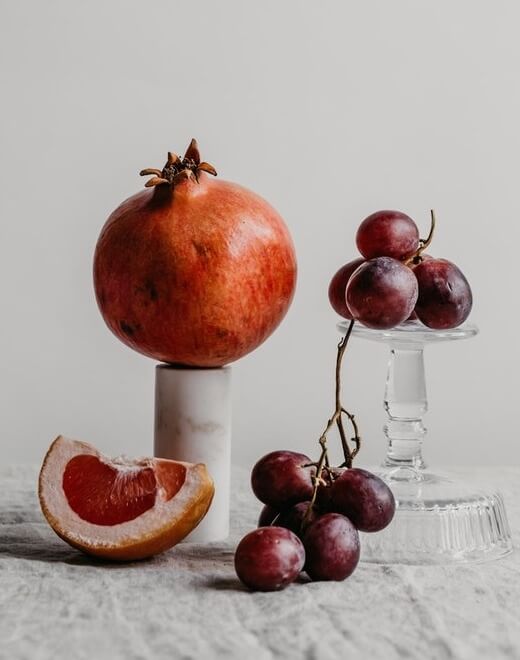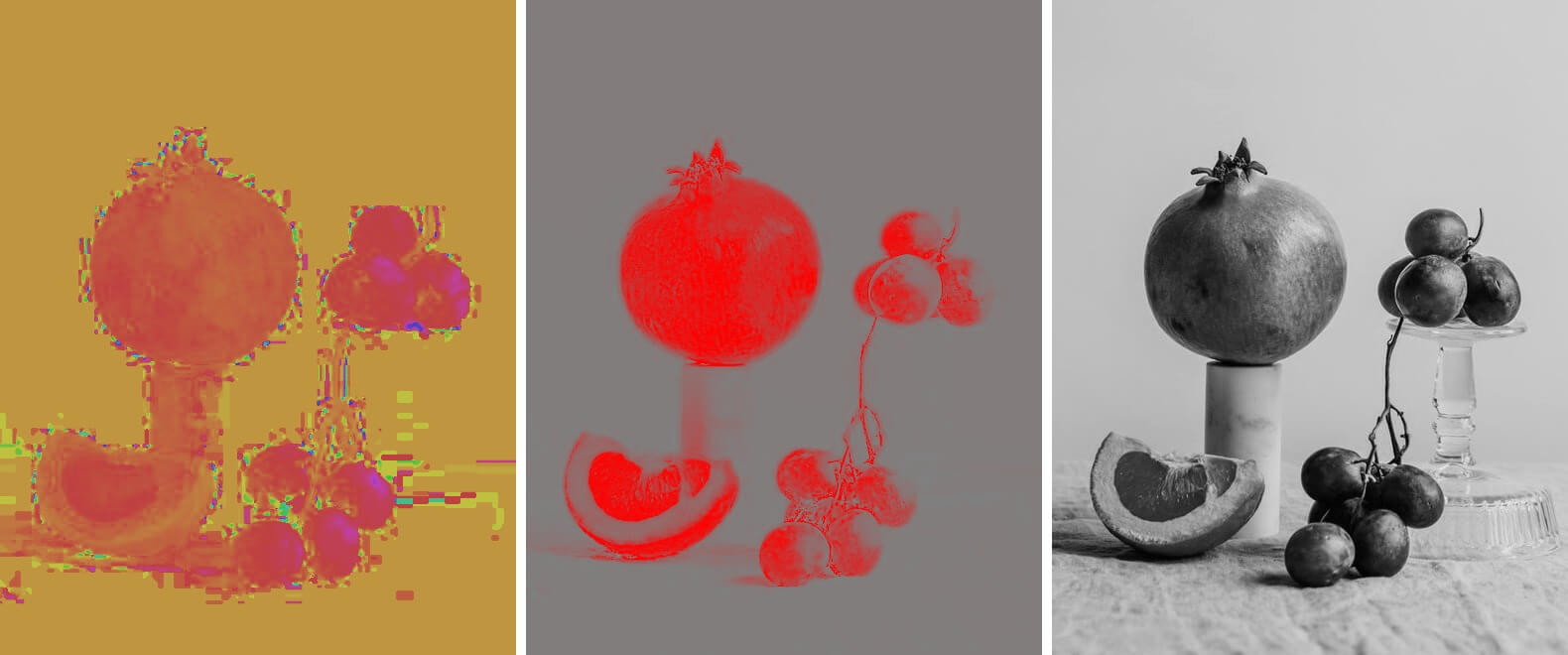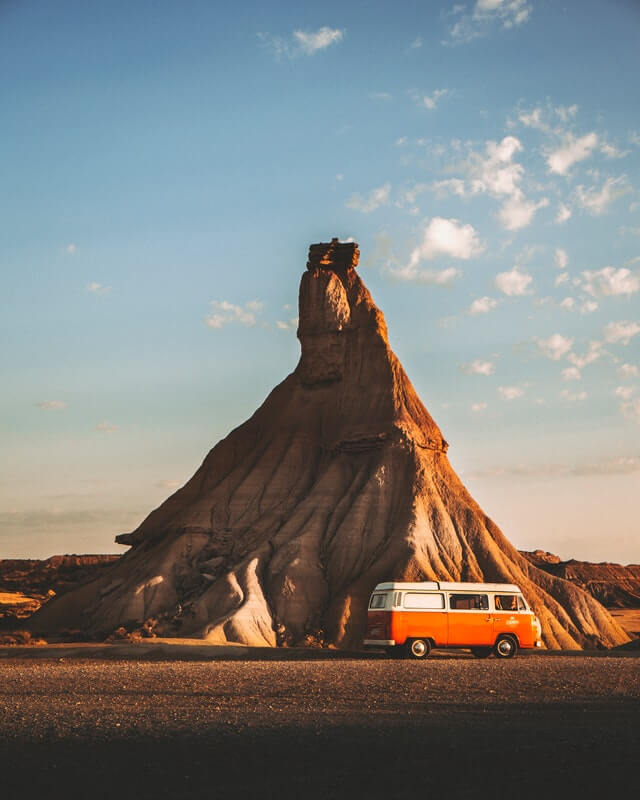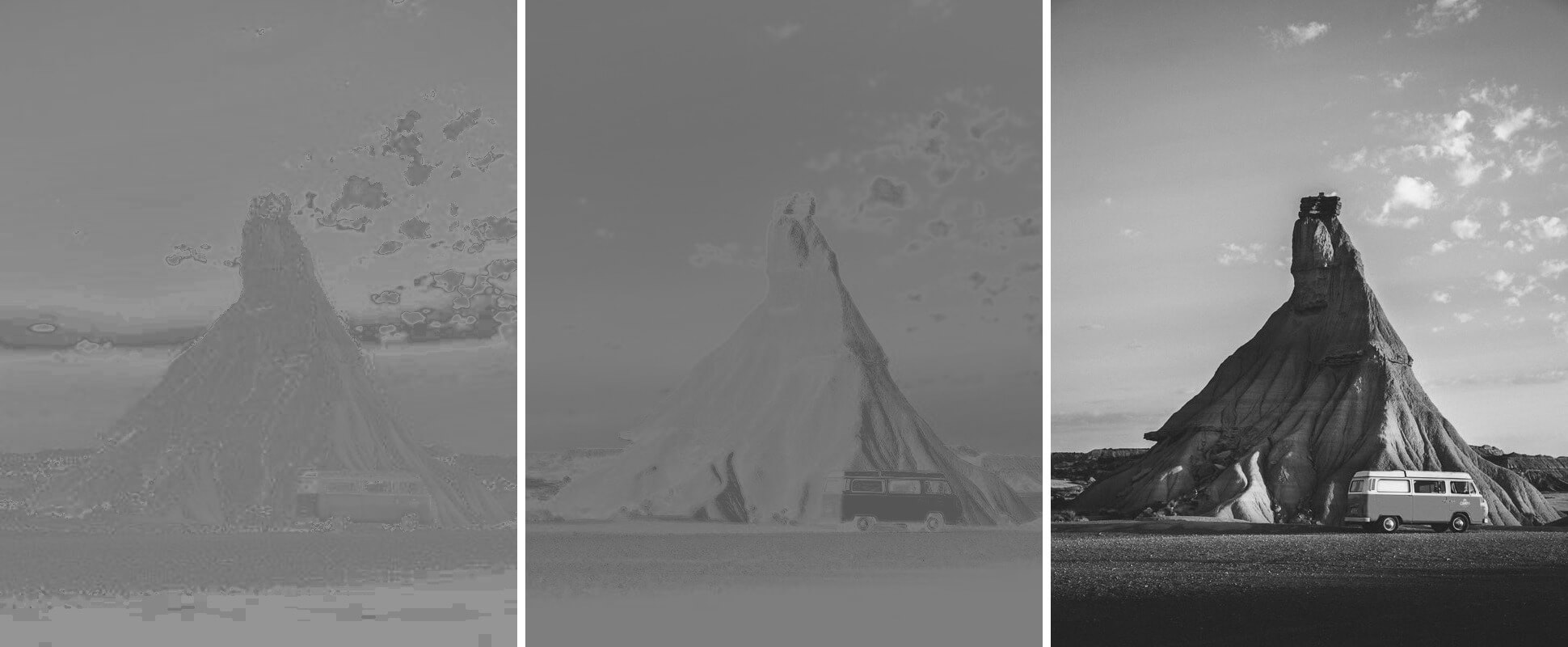This is a simple browser-based utility that extracts HSL color channels from Joint Photographic Experts Group (JPG/JPEG) pictures. As soon as you paste a JPG/JPEG picture in the input area, the utility will extract its hue, saturation, and light channels. You can extract one or more channels at the same time and convert each individual channel to grayscale if necessary. Created by mad scientists from team Browserling.
This is a simple browser-based utility that extracts HSL color channels from Joint Photographic Experts Group (JPG/JPEG) pictures. As soon as you paste a JPG/JPEG picture in the input area, the utility will extract its hue, saturation, and light channels. You can extract one or more channels at the same time and convert each individual channel to grayscale if necessary. Created by mad scientists from team Browserling.
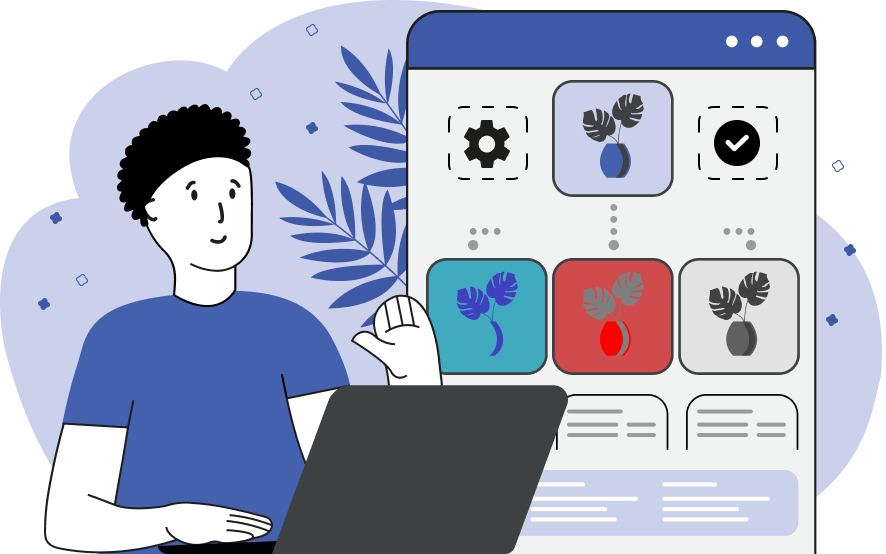
With this online program, you can extract channels of the HSL color model from JPG photos. HSL is a model in which a color is defined by three parameters: hue (H), saturation (S), and lightness (L). The HSL model is most commonly used in color pickers and applications where color is a first-class object because it allows you to specify color characteristics independently of each other that are more natural to humans. For example, the HSL model can easily brighten, darken, saturate, or desaturate a picked color. The algorithm of this tool splits the JPG picture into separate components of the HSL model and draws them as a new output image. Depending on the selected options, you can get only the hue channel in the output, or only the saturation channel, or only the lightness channel. You can choose multiple channels to extract. Additionally, you can turn the grayscale conversion option on. When it's turned on, the channels will be drawn using only gray tones, and they represent the absolute amount of hue, saturation, or lightness in each channel. Jpgabulous!
With this online program, you can extract channels of the HSL color model from JPG photos. HSL is a model in which a color is defined by three parameters: hue (H), saturation (S), and lightness (L). The HSL model is most commonly used in color pickers and applications where color is a first-class object because it allows you to specify color characteristics independently of each other that are more natural to humans. For example, the HSL model can easily brighten, darken, saturate, or desaturate a picked color. The algorithm of this tool splits the JPG picture into separate components of the HSL model and draws them as a new output image. Depending on the selected options, you can get only the hue channel in the output, or only the saturation channel, or only the lightness channel. You can choose multiple channels to extract. Additionally, you can turn the grayscale conversion option on. When it's turned on, the channels will be drawn using only gray tones, and they represent the absolute amount of hue, saturation, or lightness in each channel. Jpgabulous!
In this example, we extract the hue channel from a JPEG picture of a relaxed cat. The hue component specifies the exact color that is used in the picture, i.e. it is red, blue, yellow, green, and all other colors. This channel doesn't show the intensity of the color and doesn't darken or lighten the pixels. As the JPEG picture is compressed and has artifacts, this channel is useful for detecting fake pictures as all artifacts and modifications will instantly stand out. (Source: Pexels.)
In this example, we're working with an artistic JPG photo composition of various red fruit and we extract all three components of the HSL model at once. In addition to the hue value, we also display the saturation channel (gray regions indicate minimal or no color intensity and red regions indicate maximal color intensity), and the light channel (black color means there's no light and white color means there's a lot of light). (Source: Pexels.)
In this example, we activate an option that converts HSL to grayscale. This option displays each of the channels in gray tones and it's useful when you need to do a relative comparison of hue, saturation, and light intensities without being distracted by the color information. (Source: Pexels.)
Edit JPG pictures in your browser.
Shift a JPEG to the right or left.
Extract a part of a JPEG picture.
Split a JPG into multiple smaller JPEGs.
Join multiple JPEGs together to create a single image.
Convert a JPEG picture to a smaller preview thumbnail.
Convert a baseline JPEG to an interlaced JPEG.
Convert an interlaced JPG to a baseline JPG.
Create a PDF document from one or more JPG pictures.
Extract PDF pages as JPG pictures.
Create an EPS file from a JPG picture.
Create a JPG picture from an EPS file.
Convert JPEG photos to JPG 2000 photos.
Convert JPEG 2000 images to JPG images.
Convert JPEG images to ICO icons.
Convert ICO icons to JPG images.
Convert JPEG images to TIFF images.
Convert TIFF images to JPG images.
Convert JPG pictures to QOI (Quote OK Image Format) pictures.
Convert QUI pictures to JPG pictures.
Convert JPEG images to PIK images.
Convert a PIK image to a JPG image.
Convert a JPEG image to a PPM image.
Convert a PPM image to a JPG image.
Convert a JPEG image to a BPG image.
Convert a BPG image to a JPG image.
Convert a JPEG image to raw RGB values.
Convert raw RGB values to a JPG image.
Convert a JPG image to raw RGBA values.
Convert raw RGBA values to a JPEG image.
Convert a JPG image to raw ARGB values.
Convert raw ARGB values to a JPEG image.
Convert a JPEG image to raw BGR values.
Convert raw BGR values to a JPG image.
Convert a JPEG image to raw BGRA values.
Convert raw BGRA values to a JPG image.
Convert a JPEG image to raw ABGR values.
Convert raw ABGR values to a JPG image.
Convert a JPEG image to a FLIF image.
Convert a FLIF image to a JPG image.
Convert a JPEG image to an AVIF (AV1) image.
Convert an AVIF (AV1) image to a JPG image.
Convert multiple JPGs to a GIF animation.
Convert multiple JPGs to an APNG animation.
Convert multiple JPGs to a Webp animation.
Create an Excel spreadsheet with colored cells from a JPEG.
Combine two JPG/JPEG pictures together.
Load a JPG slowly pixel-line by pixel-line.
Generate a one-color JPEG of any size.
Randomize bytes in a JPEG and create a glitched JPEG.
Increase the quality of a JPEG picture.
Apply the watercolor effect on a JPG photo.
Convert a JPG to an ASCII art image.
Convert an ASCII drawing into a JPEG drawing.
Convert a JPEG to an ANSI art image.
Convert an ANSI drawing to a JPEG drawing.
Change the filename of a JPG.
Create a mirror copy of a JPG image.
Create convert the given JPG into a symmetric JPG.
Apply a color quantization algorithm on a JPG picture.
Add sound to a JPG picture.
Try to recover a JPG that has been damaged.
Show the hidden metadata (EXIF info) in a JPEG picture.
Add hidden metadata (EXIF info) to a JPEG picture.
Remove the hidden metadata (EXIF info) from a JPEG picture.
Insert a hidden comment in a JPG picture (as EXIF entry).
Find positions of certain pixels in a JPEG.
Replace certain pixels in a JPEG.
Delete certain pixels in a JPEG.
Swap every two pixels in a JPEG row-wise or column-wise.
Swap pixel blocks of any size in JPEG rows or columns.
Add errors to a JPEG and produce a modified picture.
Find differences between two JPG pictures.
View JPEG pictures in your browser.
Subscribe to our updates. We'll let you know when we release new tools, features, and organize online workshops.
Enter your email here
We're Browserling — a friendly and fun cross-browser testing company powered by alien technology. At Browserling we love to make people's lives easier, so we created this collection of online JPG tools. Our tools have the simplest possible user interface that is focused on getting things done. People love our tools and they are now used by millions of people every month. Our JPG tools are actually powered by our web developer tools that we created over the last couple of years. Check them out!


